When cycling in the Pyrenees, you quickly think of some big cols: the Tourmalet, the Hautacam or the Aspin to name but a few. The eastern side of the French Pyrenees is not yet so well known, while there is plenty to do! This side of the French Pyrenees are locally called the Pyrénées-Orientales and have a very strong connection to Catalonia, the neighbouring Spanish region. Is your French still a bit rusty? Then feel free to speak Spanish here. Explorer Femke went cycling in the relatively unknown Pyrénées-Orientales and takes you to the most beautiful places!
Text and photos: Femke Rotteveel
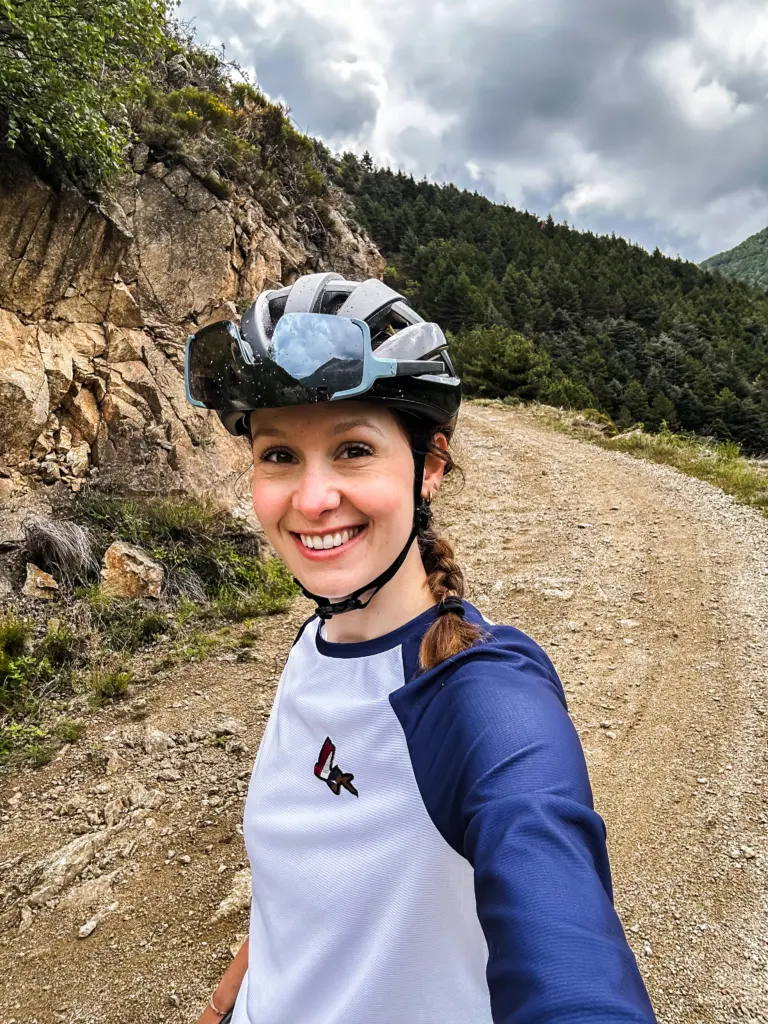

Unpaved
My first day in the Pyrénées-Orientales is right off-road. Many MTB routes are signposted in the area. Using Komoot, I extended the route a bit, but as a result I end up on footpaths several times where I cannot cycle. So I recommend just following the routes: beautiful enough! My route's main destination is the Refuge de Mariailles, a place marked as very special. The good route to Refuge de Mariailles takes you via a forest road to the summit, which is at 1720 metres. This road is also suitable for cars, making it a beautiful wide gravel road uphill. I don't find the Refuge itself very special, but if you turn right just before it, the view is phenomenal. It does make you feel at one with nature.

Back to bottom
The first part down is via the same road as up, but after that you can take an alternative route back. I can also really recommend cycling via the Tour de Goa. That is again a round trip, but on a very cool path. Luckily, there are no hikers today. Can you also cycle this route on a gravel bike? Yes, definitely! Provided you are strong enough, because there are some steep sections. Also, you should stay on the forest road instead of riding on the footpath. The little things matter!
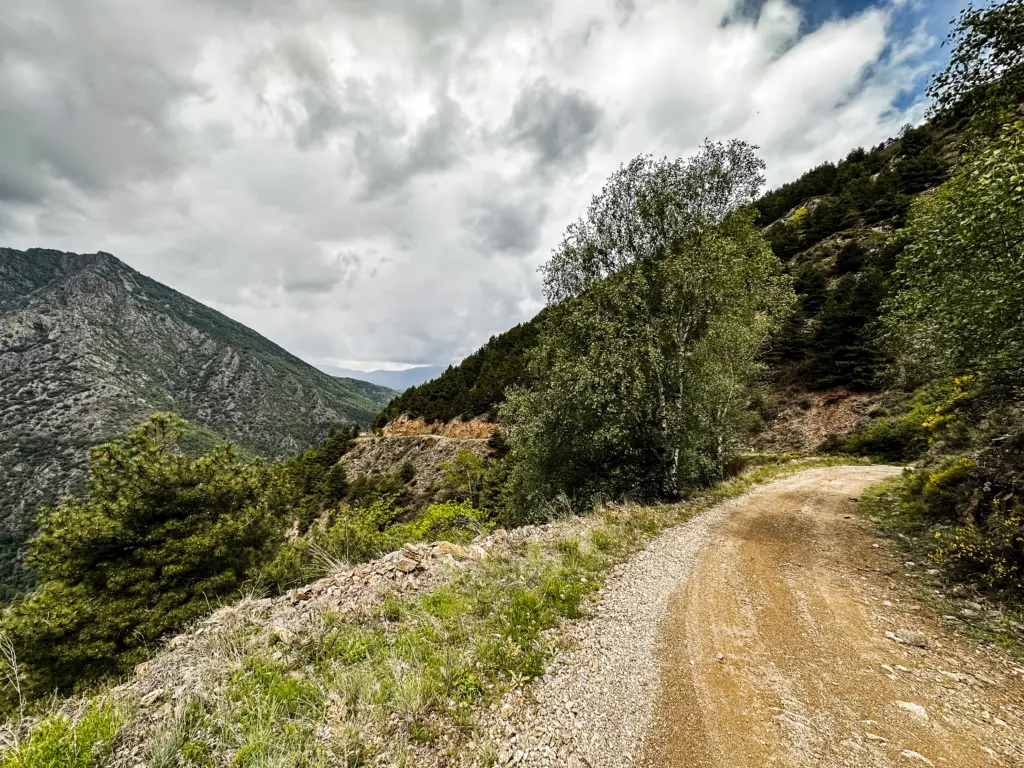
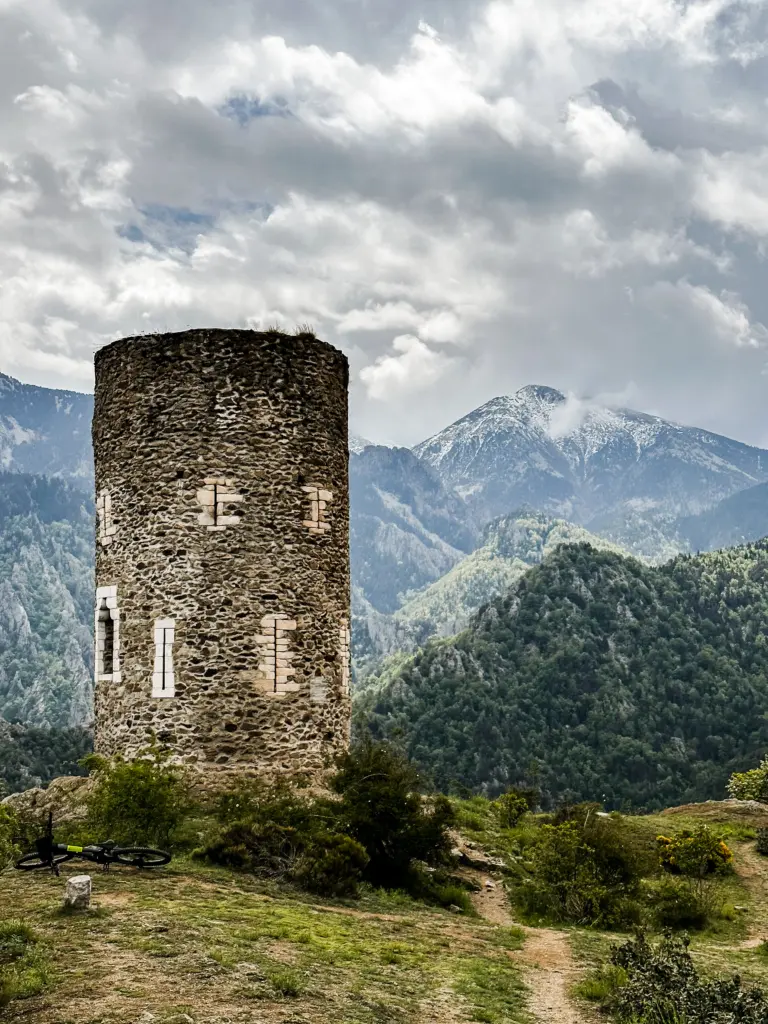
Climb, climb, climb
After a day of gravel, I want to test whether this area is also suitable for a cycling tour. It will be a 100-kilometre route with 2350 altimeters. First via Col de Jau, a 23-kilometre climb with a few cosy villages in the beginning. If you want to get some food or extra drinks during your ride, do so at the beginning too, because once on the road there is only nature. For example, in the pretty village of Mosset, which is built on a mountain overlooking the holy mountain Canigou. Until just after this village, the climb is easy with gradients of 3 á 4%, after that it is a lovely runner. The advantage of a not so popular area? You can plunge fully into the wooded descent with nice wide turns. During descents, you don't really want to stop, but the Gorges de St. George is so beautiful that I challenge you to ride on. You'll know automatically when you get there.


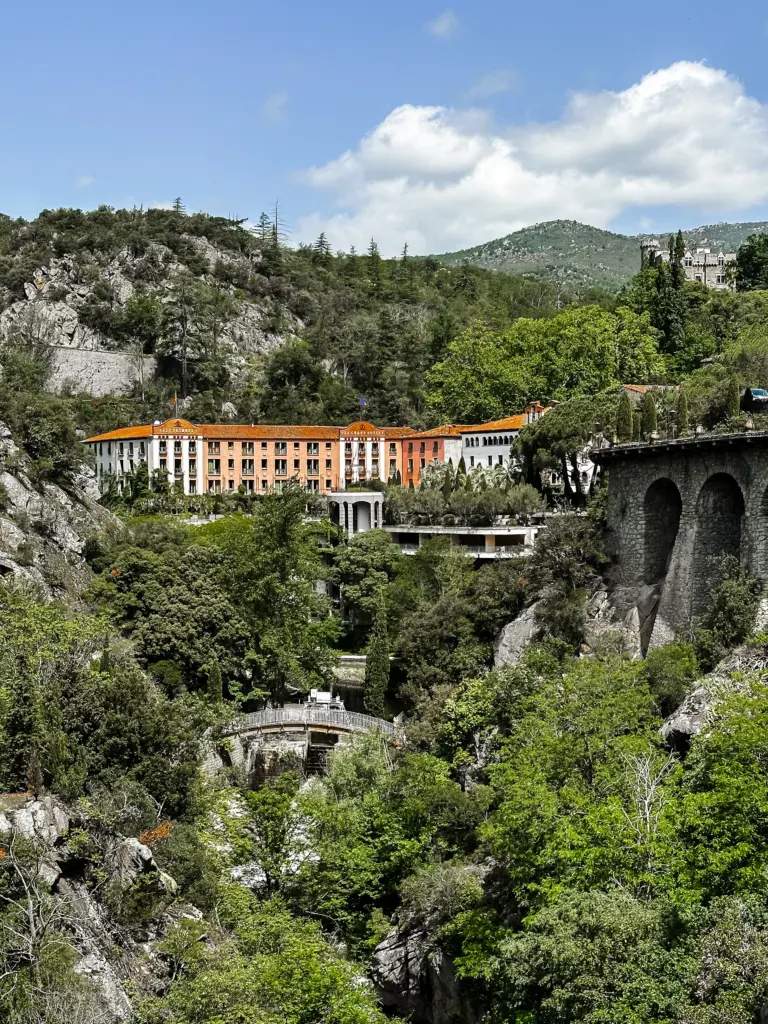
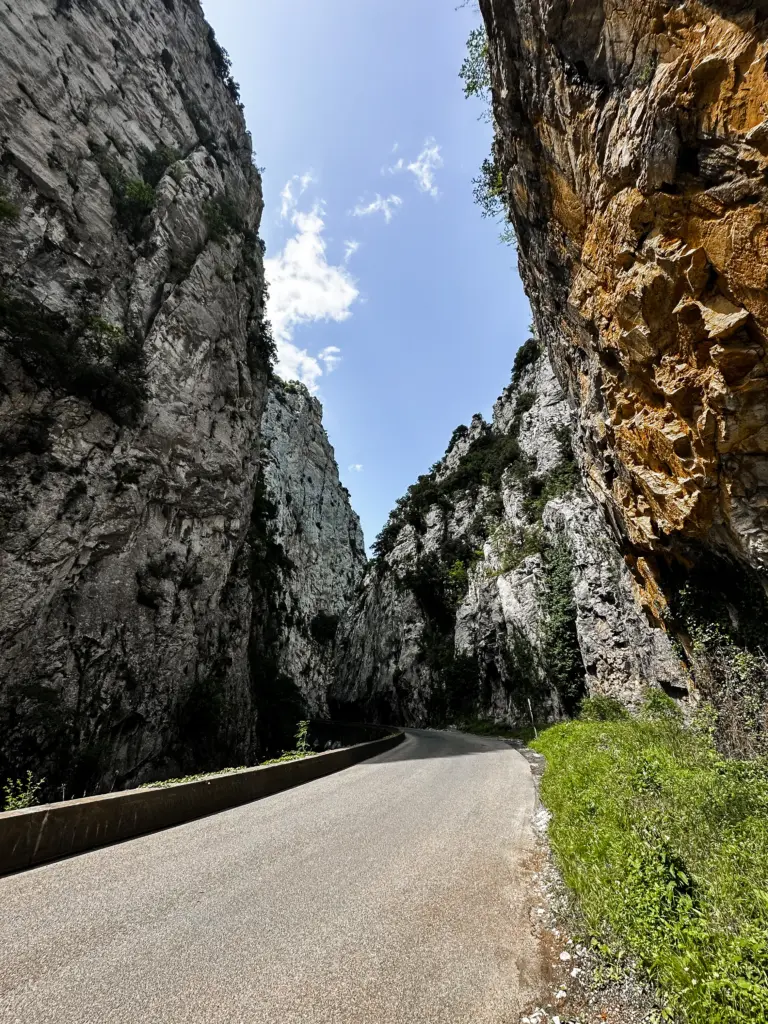
Col d'Aussières
On to climb two of the day: Col d'Aussières. The wooded landscape you have just descended through you now climb back up on the other side. The roads here are not much wider than a Dutch bike path, so at times you do forget that cars can come too. Apart from the forest, there is little to see, nor do you pass through many villages. In Montfort-sur-Boulzane, the village's only café burned down in spring, but luckily a passer-by knows the way and I can refill my water with holy spring water from Source de la Canelle. This is about five kilometres from the summit. On today's ride, I would call this climb something of a transition col. You don't necessarily have very nice views because of the forest but you do meander up nicely in the shade. At the summit, unfortunately, there is no hut or tavern to be found.
Col de Roque Jalène
No shortage of fancy names. The third col of the day listens to the name 'Col de Roque Jalène'. Another nice regular climb with the first five kilometres constant at 7% and the last three kilometres of 3%. The narrow roads are built close to the mountain sides and you have good views over the valley. The highest point of this climb is only 1,000 metres, so the valley is mostly wide and not deep. It is a kind of lower plateau, dotted with large round boulders. The dolmens are nothing like it. In this landscape with lots of bushes, few tall trees and grey rocks, you feel alone in the world. But maybe that's also because I literally didn't meet anyone. In the distance is that beautiful snow-covered peak of the Canigou again. By now I am beginning to understand why those French are so proud of it. Just like the descent of the Col de Jau, you can have your fun here, with lovely wide and clear turns. Don't brake, just hang on and don't tell your mum.
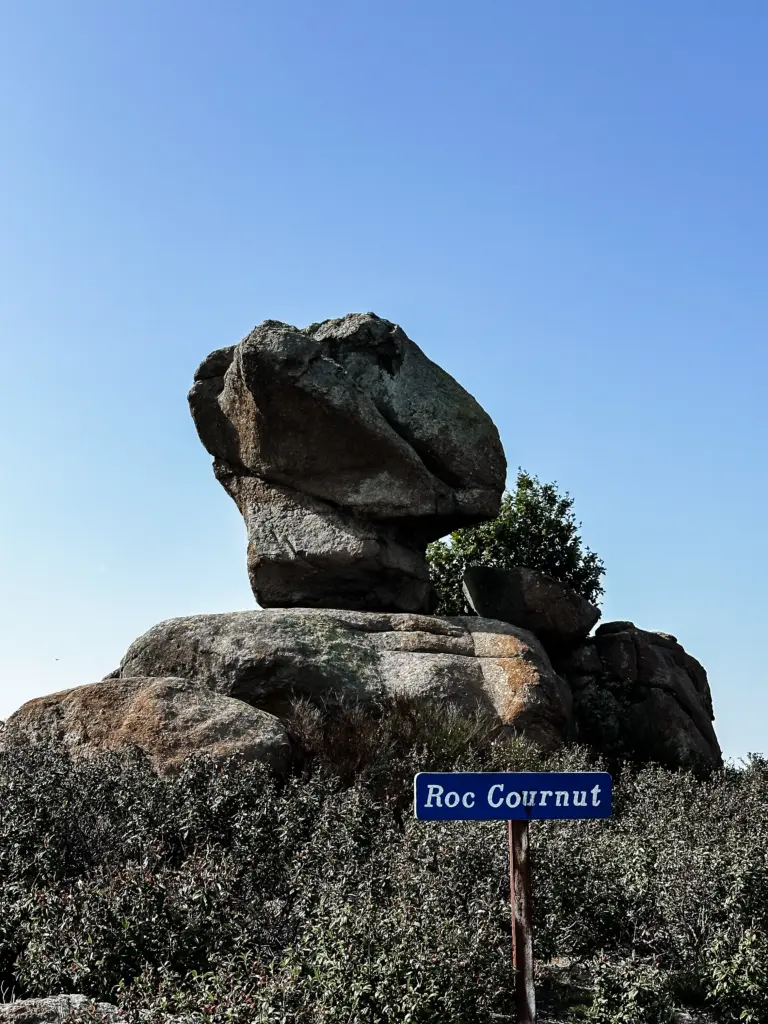
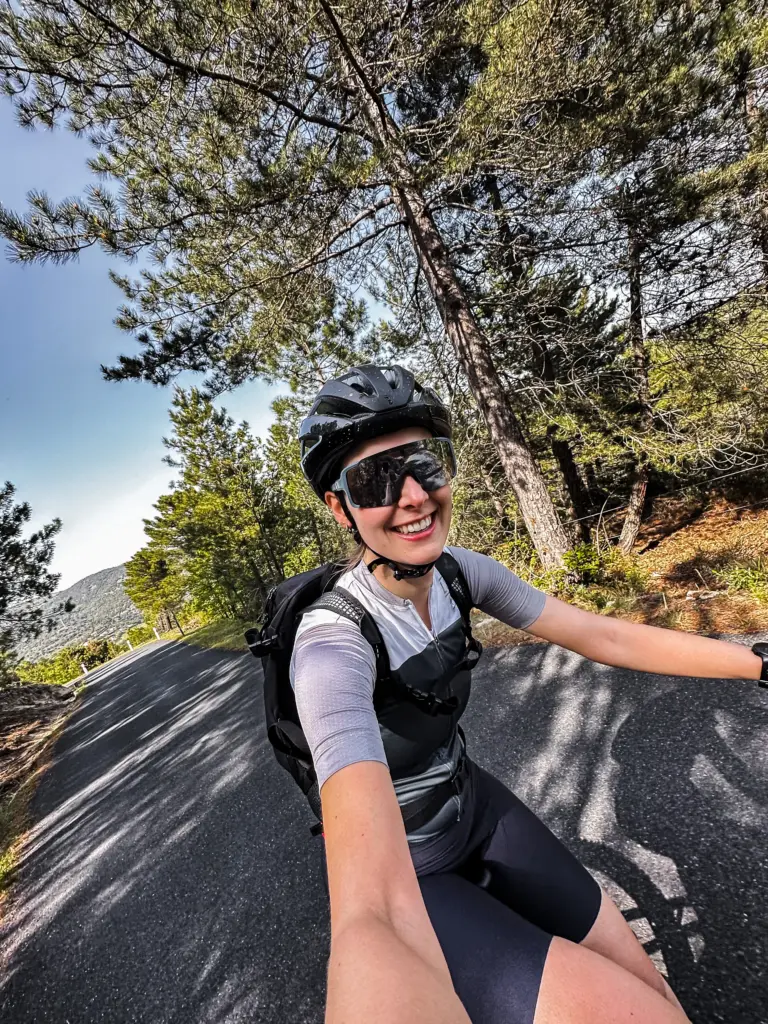

Lunch in Baillestavy
One disadvantage of cycling in the Pyrénées-Orientales is that it is difficult to make a nice route without having to return via the same road. On day three, there is nothing else to do but ride up and down Col de Palomère. This climb is perfect for anyone who likes irregular percentages. Maybe you already suspect it based on my description of the other mountains: I am not that kind of person. The first nine kilometres to the village of Baillestavy run false flat up through the narrow and deep valley. The photos speak for themselves; it is breathtakingly beautiful here. In the village I have lunch at La Farga where the locals sit and play music with acoustic guitars and djembés. I don't know if this is always the case, but you can also feel free to stop by here for food. Besides, you sit nice and cool next to the river and under the trees. After Baillestavy, I continue my way to the summit about 10 kilometres away. This part of the climb is disappointing compared to the first part. I meander through the forest and there is little to see. Once at the top, the view is nice, but not spectacular. Maybe I am too spoilt by yesterday's postcard scenery.
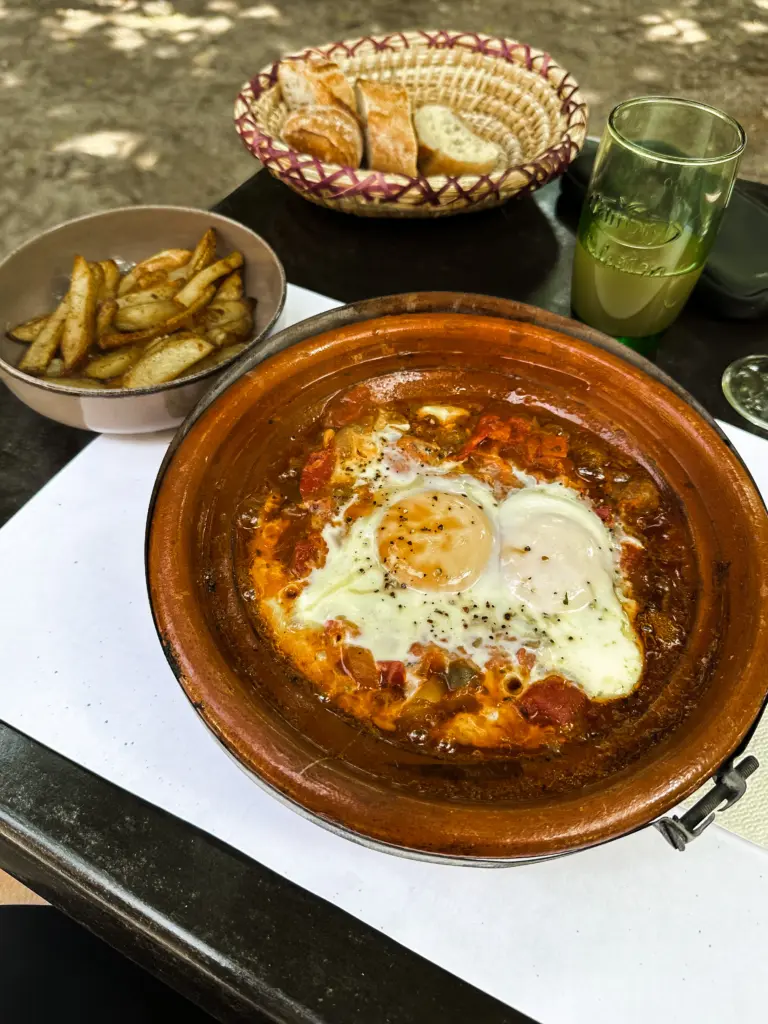
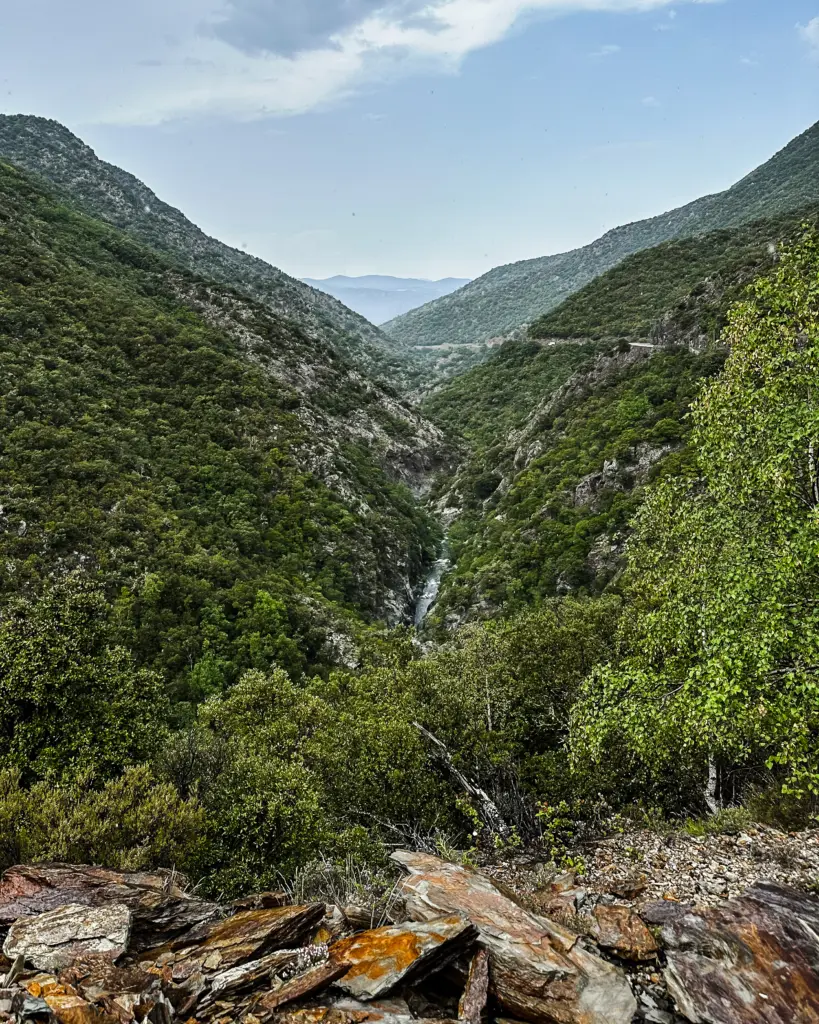
Rest days
If the Pyrénées-Orientales is your summer holiday destination with the family, or if you're just staying there a bit longer, the rest of your party will no doubt want to spend some time with you too: there is plenty to discover in the area for this.
A short but steep hike (five kilometres) up from Casteil allows you to see the Abbey of St Martin visit. At the abbey, for a small fee, you can get a guided tour from one of the nuns who live there permanently or you can visit the outside grounds for free. With a small final walk, you have a view from the top and even in the pouring rain with my white shoes, it is worth it.
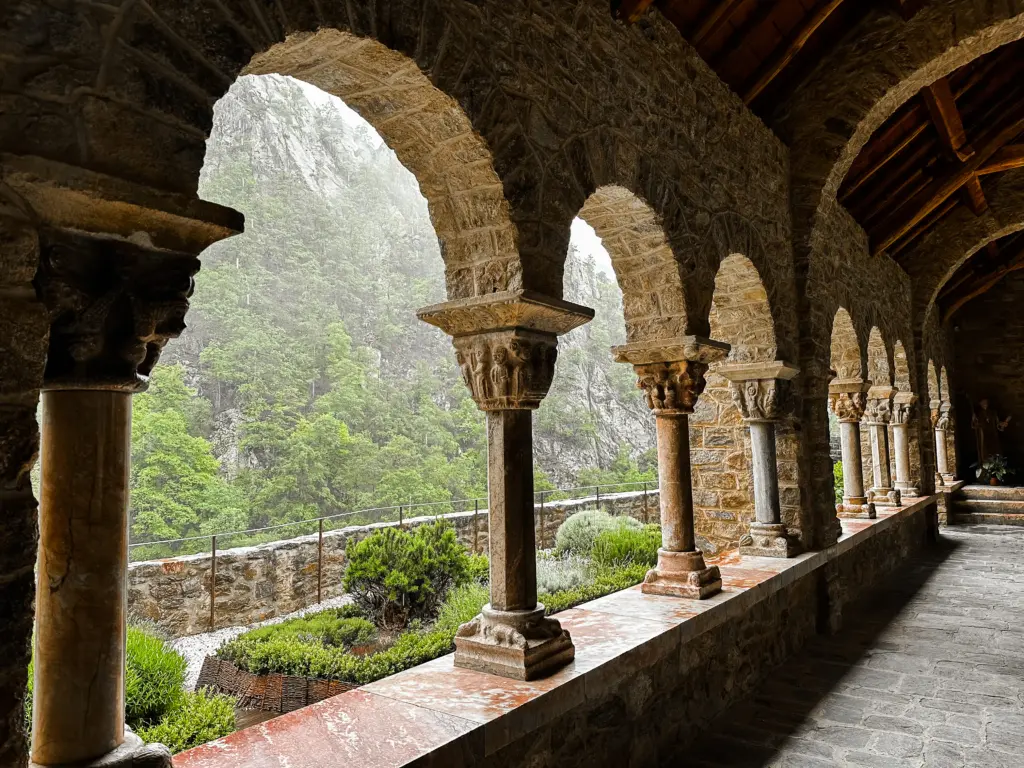
Busy affair
Basically, you come to the Pyrénées-Orientales for its tranquillity and beautiful nature. Villefranche-de-Conflent is the exception. This bustling fortified town is a UNESCO World Heritage Site and you'll find all sorts of quaint local shops. Get an ice cream, sit on the terrace people-watching or stroll along the city walls.
You can also walk to Fort Liberia from Villefrance-de-Conflent: "outside" via the footpath or via the direct underground staircase constructed by Napoleon. I would recommend walking up via the footpath and using the stairs only for going down. Even going down, there seems to be no end to the 734 steps that take you back to the Fort through one long straight corridor. Along the way, I meet heated people taking a breather on one of the steps. So just do it the other way round.

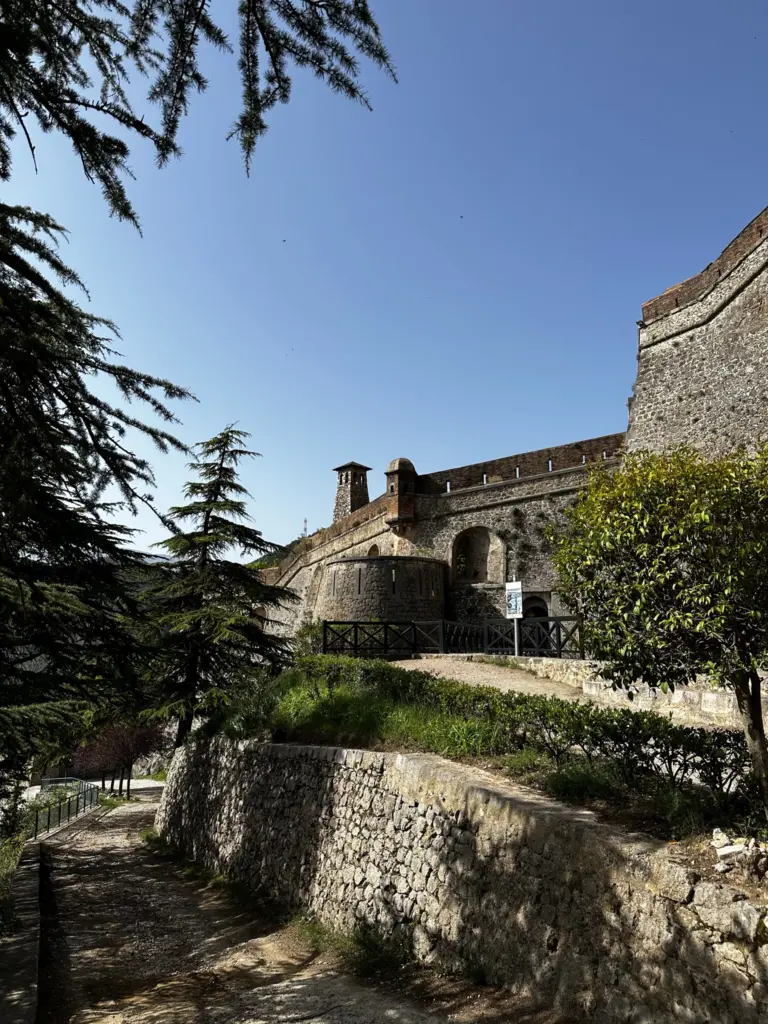

Worth a visit
The Pyrénées-Orientales are a real destination for adventurers as far as I am concerned because it has all the hallmarks of France: good weather, beautiful views, Frenchies. But with cols that (almost) nobody has cycled yet. Go cycling in the Pyrénées-Orientales the area, make some nice rounds and your cycling friends/friends will surely ask you for tips when you return!
Cycle routes - Cycling in the Pyrénées-Orientales
Useful links
- All about cycling in the region: Cycling in Pyrenees-Orientales
- All about France:

